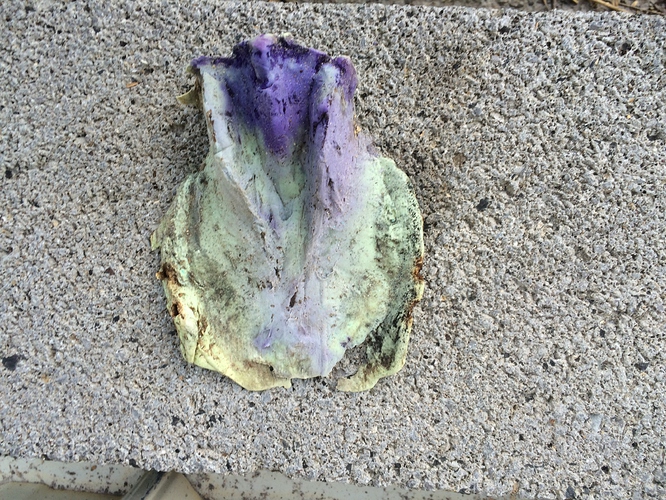My 24-year old semi-retired (now fully retired) Welsh pony was recently diagnosed with low ringbone. We’ve been dealing fairly successfully with navicular issues for the last four years but when osphos stopped working new xrays showed ringbone. He lives here at home with three other horses and he can remain a pasture pet for the rest of his life. He also has Cushings and is on two mags of Prascend daily.
Both my vet and farrier have suggested the possibility of pulling his front shoes. They both think that’s a viable option, given we’ve tried so many different shoes, pads, wedges, etc over the years. He’s currently wearing aluminum shoes that are set slightly back to help with break over and three degree wedge pads. We tried natural balance shoes and they made things worse.
He’s an ex-show pony who has worn shoes with pads his whole life. I’ve had barefoot horse before and have no problem with the concept, other than recognizing he’ll need to wear boots of some sort if I take him for hand walks around the neighborhood or when he gets turned out. He lives in a stall with a 1/4 acre dry lot paddock and gets turned out (with a grazing muzzle) every day for a few hours.
So, two questions. First, has anyone had good luck with pulling shoes on a horse with ringbone? Second,I’d appreciate suggestions for boots that are easy to put on that he can wear when needed.


